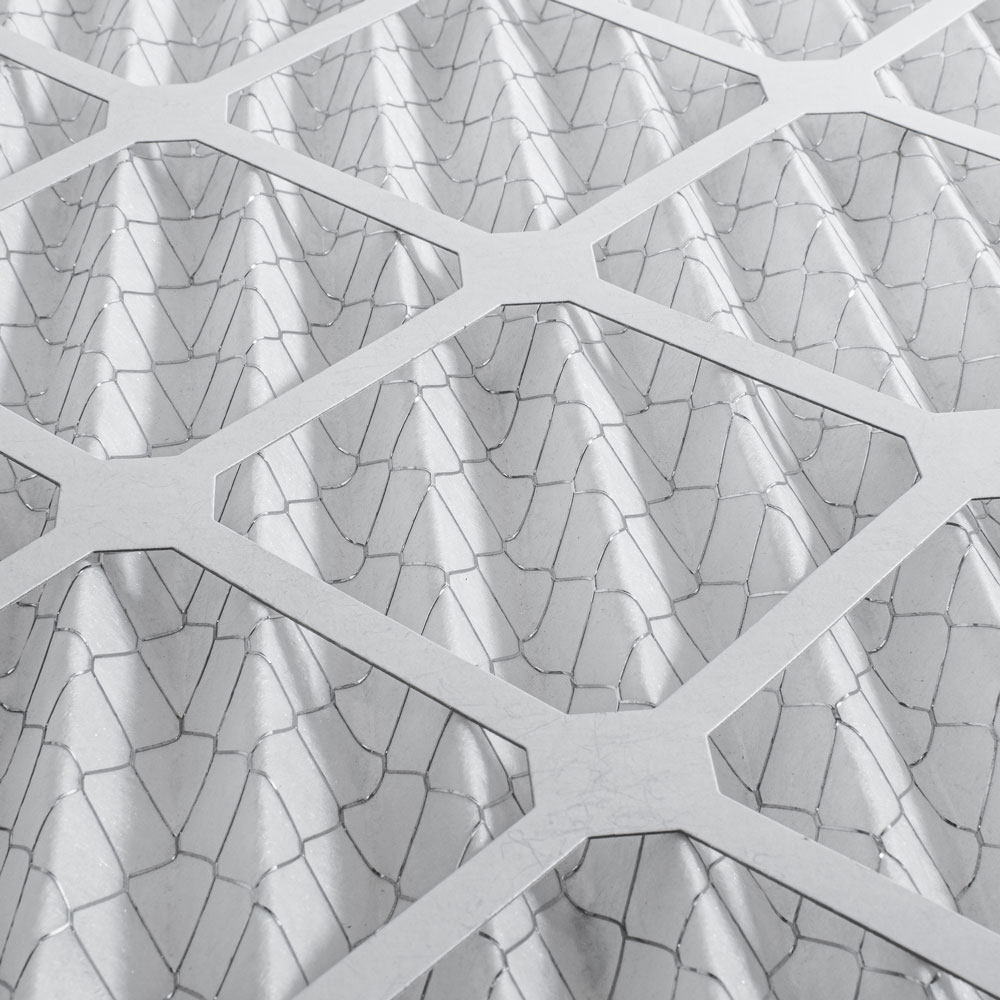Problem: Airborne illness
Airborne germs carry diseases indoors
All kinds of diseases are carried by airborne germs: COVID-19, influenza, measles, tuberculosis and the common cold, to name just a few. And because people in developed countries spend as much as 90 per cent of their time indoors, the spread of illnesses within buildings is a big concern.
HVAC systems can be a route of transmission, disseminating potentially harmful bioaerosols, including antibiotic-resistant bacteria. Several studies have determined that SARS and MERS can spread through HVAC systems, while outbreaks of Legionnaire’s disease have been traced back to contaminated air conditioning systems.


HVAC filters are a solution — but also part of the problem
HVAC filters are designed to improve indoor air quality by capturing small particles, including microbes that can cause illness. The higher the minimum efficiency reporting value (MERV) or microparticle performance rating (MPR), the better they perform. But although the filters capture bacteria and viruses, they don’t actually kill these germs.

Under the right conditions, microbes can multiply and circulate back into the building
This is particularly true for air conditioning units, which produce a lot of condensation. In these high-humidity environments, many bacteria thrive. For example, German researchers showed that under relatively warm and dry conditions, filters reduced the concentration of airborne bacteria by approximately 70 per cent. However, during periods of high humidity, bacteria proliferated on the filters and were subsequently released into the building.

Infectious diseases aren’t the only concern
Certain bacteria found on air filters produce volatile organic compounds that lead to headaches and eye, nose and throat irritation. All these issues create big costs. A French study found that workers in air-conditioned offices made 120 per cent more visits to the doctor for ear, nose and throat complaints and took 40 per cent more sick days compared to workers with natural ventilation.

